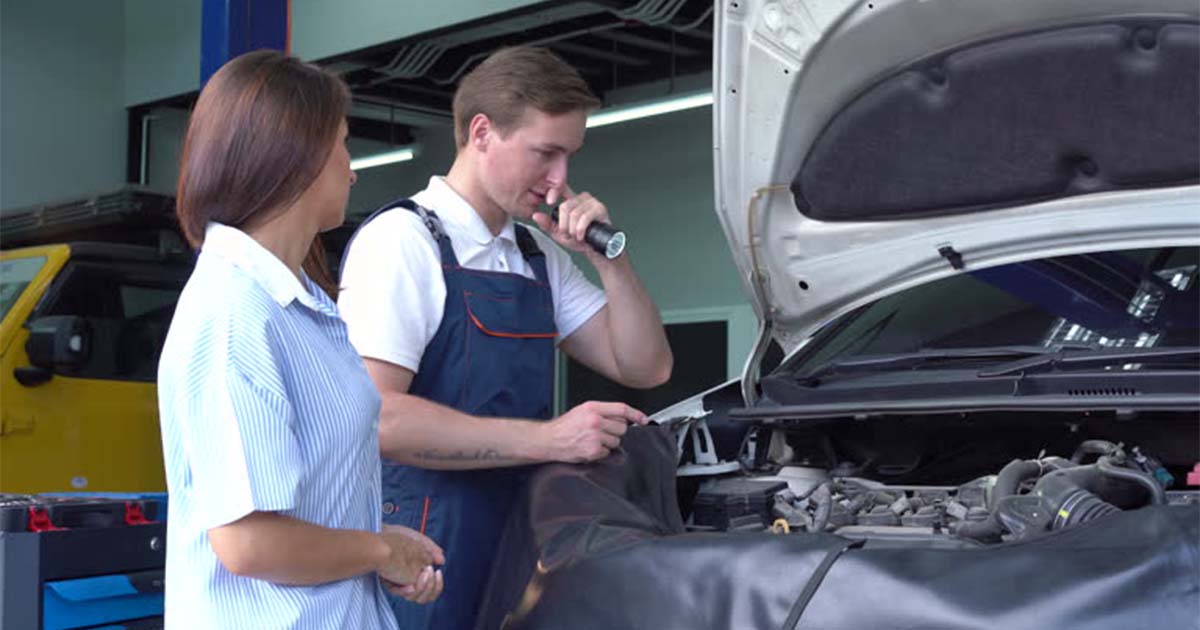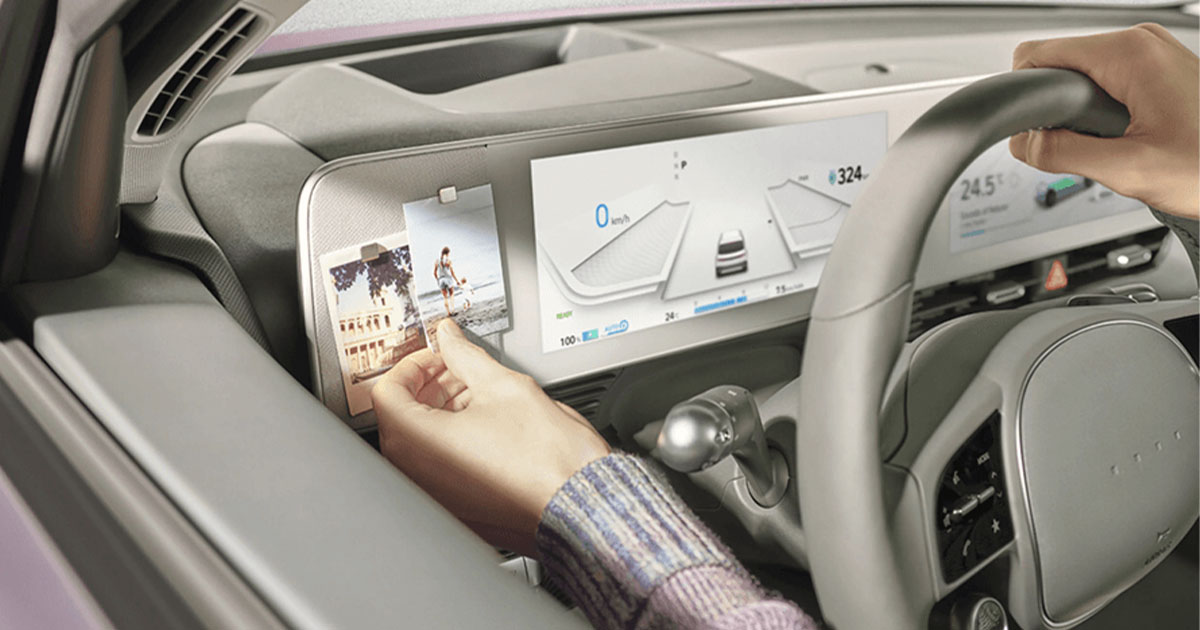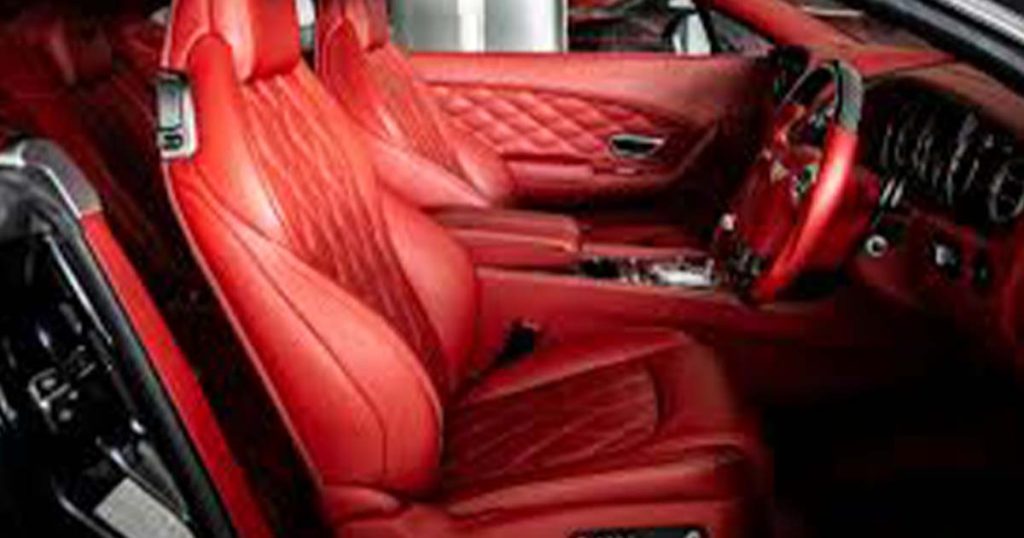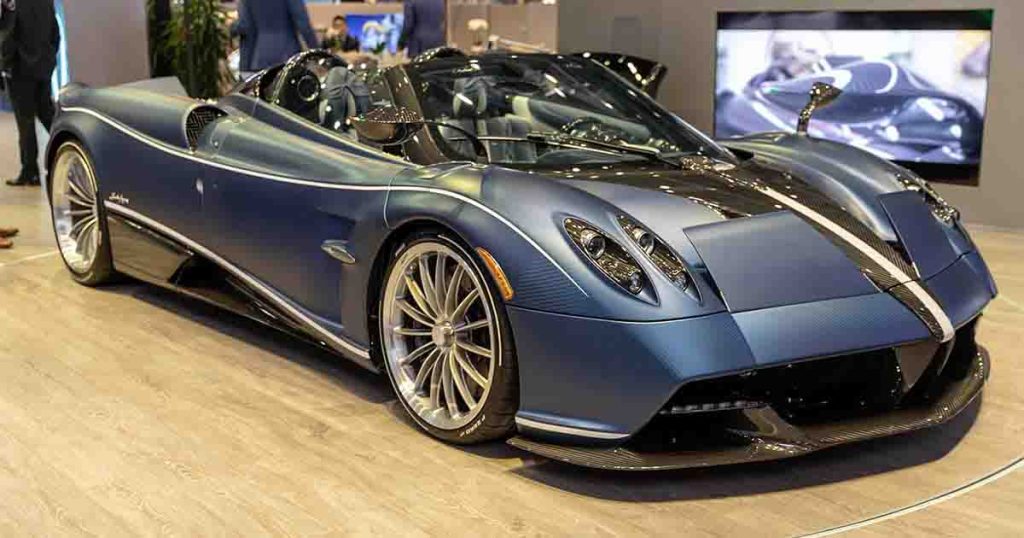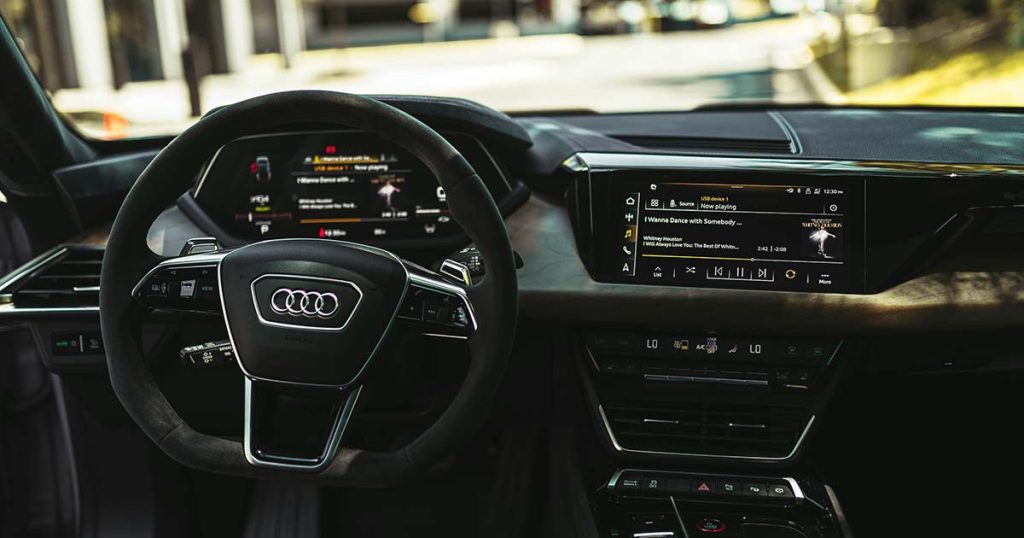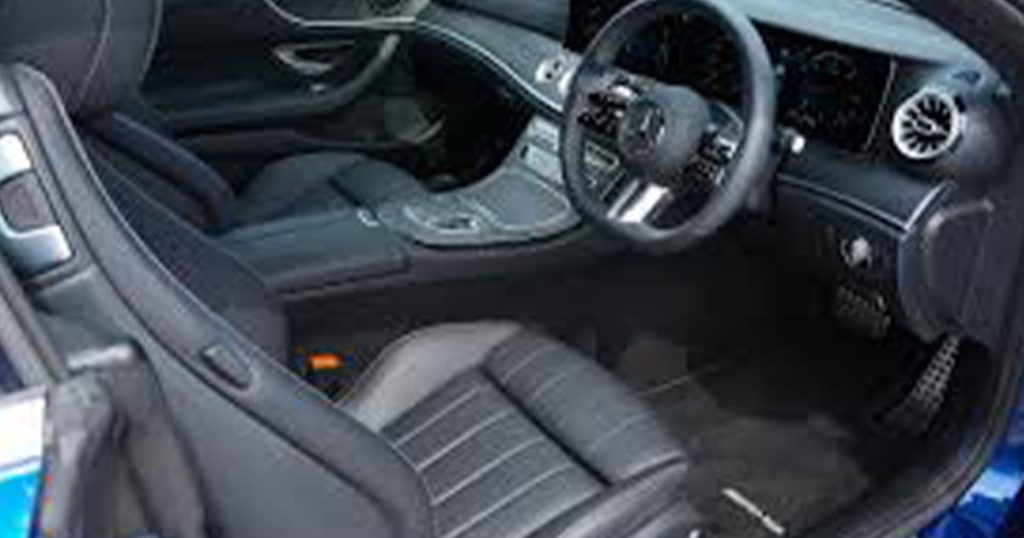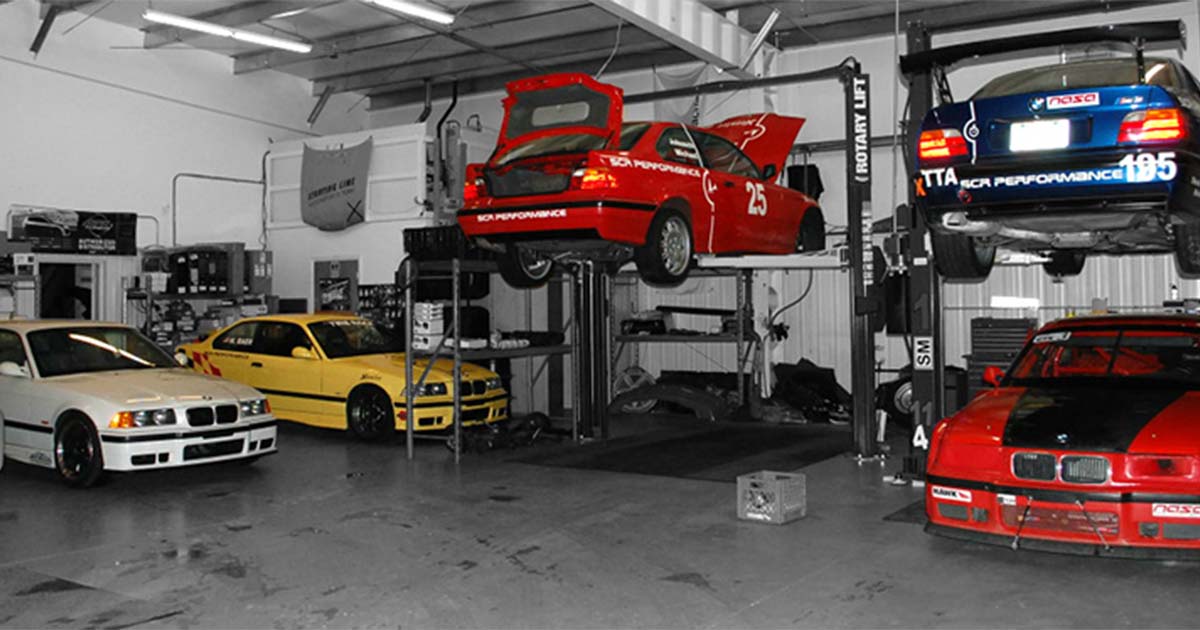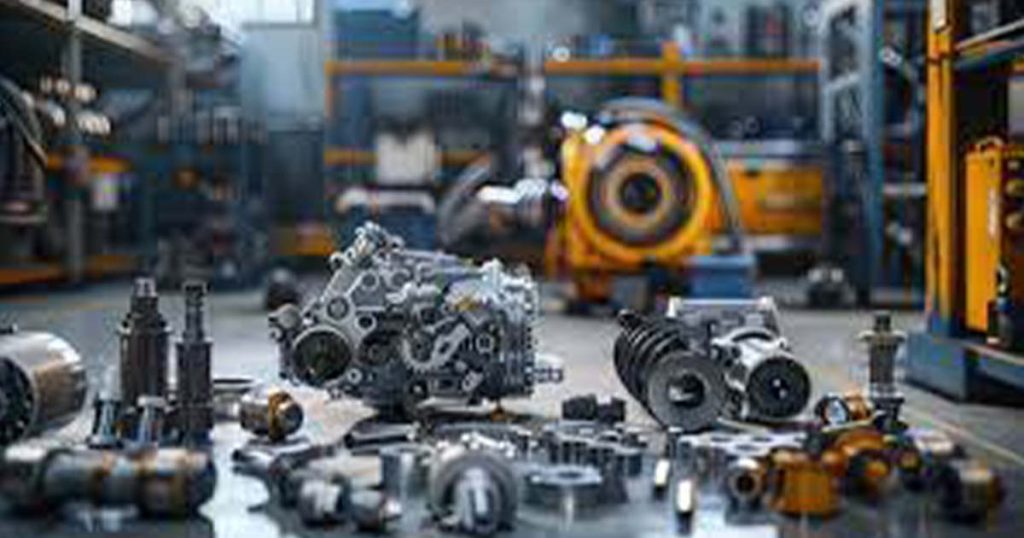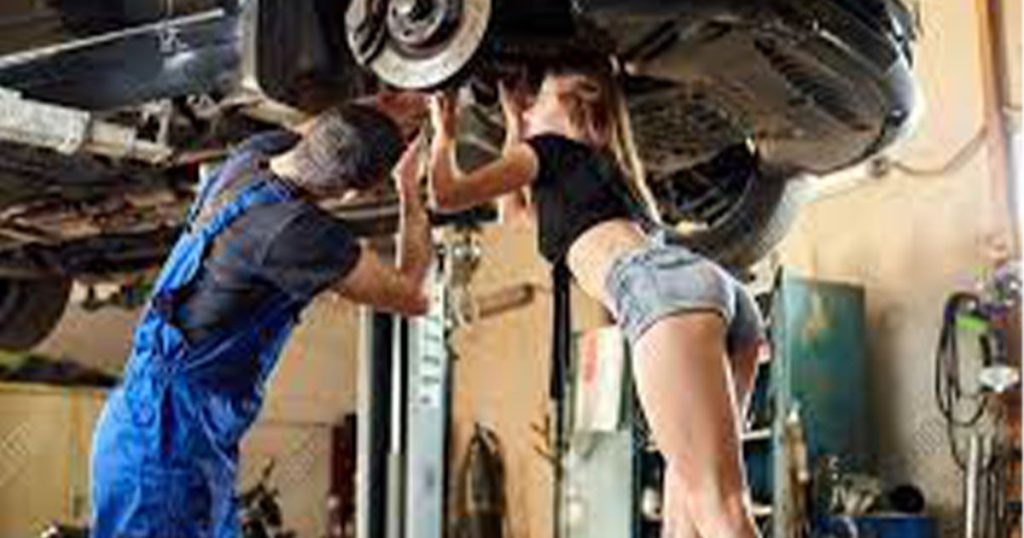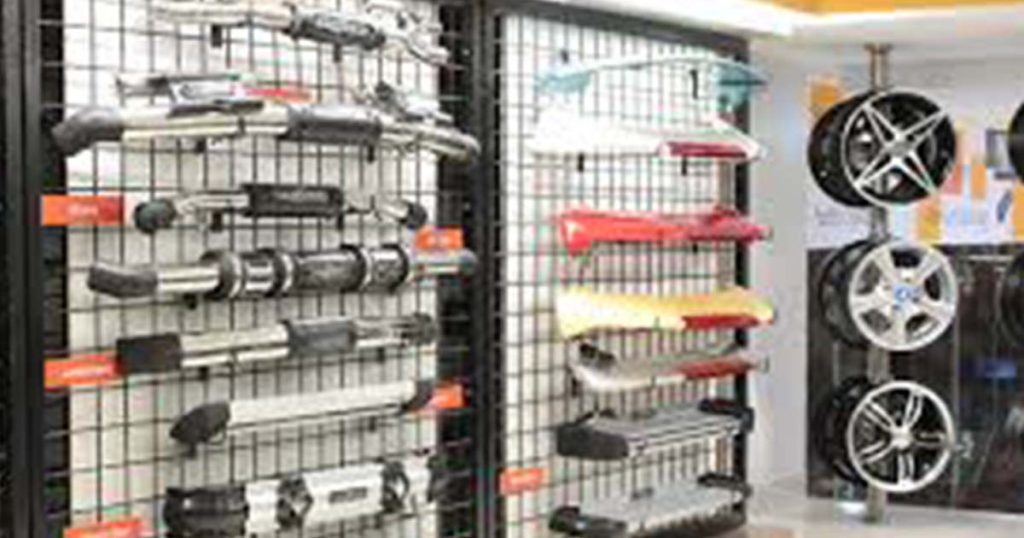The Car Part That Uses Friction for Smooth Braking 2025 . Friction, an essential thing that resists motion when two planes touch, is woven throughout this whole process. Friction is a necessary part of the process of dissipating a car’s kinetic energy into heat and bringing the vehicle to rest.
Now, because there is no friction, it would be complicated for an object in motion to come to a stop, which would lead to fatal accidents on the road. The most critical component of this friction-based system is the brake pad.
When activated, it presses against a brake rotor, creating the friction necessary to decelerate the wheels. It acts as a reservoir of brake fluid to hydrate the brake system and functions as the force multiplier when the driver presses the brake pedal.
This sends hydraulic pressure that forces the brake pads to pinch the spinning rotors, creating friction. This creates resistance with the wheel, so it comes to a stop slower, allowing the vehicle to come to a gradual halt.
Brake pads consist of specially engineered materials that can withstand high temperatures and massive pressures. Organic brake pads are versatile and provide excellent stopping power.
Semi-metallic brake pads are more durable and resist heat better, while ceramic brake pads offer the quietest operation and the least brake dust. The goal of each design is to achieve maximum braking efficiency based on the driving conditions and vehicle specifications.
Brake pads get worn out with continuous friction and heat exposure over time. Therefore, proper maintenance and replacement (from time to time) are required to obtain good brake performance. Older brake pads can lead to a drop in friction efficiency, which might lead to longer stopping distances and potentially be a safety issue.
With insights into friction and how brake pads wear, drivers can make their vehicles safer, inhibit brake failure, and provide a smoother, more reliable response of the brake pad to all brake conditions.
Understanding Friction in Automotive Braking
When two surfaces come together and resist movement, friction, a discrete force, is born. It is commonly used in automotive braking systems and other mechanical applications. Friction is intentionally used in a vehicle’s braking system to convert kinetic energy into heat, which aids the car in decelerating or completely stopping. In such a scenario, driving would become erratic and dangerous as there wouldn’t be enough friction to control a moving vehicle.
When a driver applies the brake pedal, the braking system comes to life, clamping brake pads against a spinning brake rotor. This contact produces the friction required to oppose the motion of the wheel and reduce speed in a controlled manner. This friction is due to elements like the material of the brake pads, the surface of the road, and force pressing on the brakes.
Friction during braking is affected by different surfaces and conditions. For example, dry pavement will yield the best friction: the ability to stop. Wet or icy roads, however, reduce the grip between the tyres and the ground, meaning that braking isn’t as efficient and stopping distances are longer. In the same vein, if your brake pads are fatigued or your rotors are dirty, the friction needed for braking is impaired, reducing the braking system’s efficacy.
Friction is critical for safe braking, so keeping brake components to a functioning standard is essential. Regular maintenance, timely replacements, and proper driving habits maintain the friction necessary for a proper stop. So I’d better stop before you start wondering why no brakes are actually being applied…
The Key Component: Brake Pads
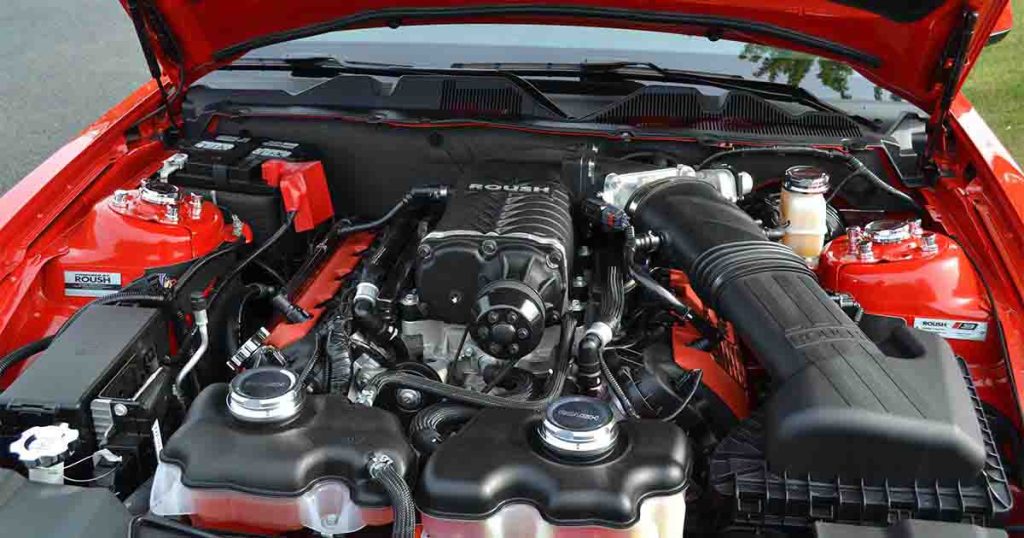
An essential element of a vehicle’s braking system, brake pads serve to create the friction needed to decelerate or halt a car. As soon as a driver pushes the brake pedal, the braking system is triggered and causes the brake pads to press down on the rotating brake rotors. This contact creates friction that converts the vehicle’s kinetic energy into heat, slowing it down enough to allow for a safe stop.
The brake pad is the most essential component of a braking system, affecting performance. Over the years, the refinement of materials and engineering has produced a multitude of brake pad designs to meet specific performance needs and driving conditions.
Organic brake pads are made from various non-metallic materials, such as rubber, glass, and Kevlar, mixed with resin. They’re inexpensive and quiet but burn out faster than other types.
Semi-metallic brake pads are made of metal shavings (steel, iron, or copper) and synthetic compounds. These materials additionally provide an outstanding balance of performance and longevity while resisting high-temperature environments and, consequently, are often a go-to stopping solution on a number of automotive platforms. They are, however, noisy and create (a little) more wear on brake rotors over time.
They are designed for high-performance braking. The ceramic fibers, plus other reinforcing materials, give an exceptional compound for increased stopping power, reduced noise and lower dust. Thus, they are ideal for aggressive driving or in a high-performance vehicle. They also have higher heat resistance than the organic pads or semi-metallic pads.
Which Custom pads to recommend eventually depends on your driving style, the type of vehicle, and the conditions you drive in. Regular servicing and replacement of brake components are important to ensure that the braking system is working effectively, ensuring the safety of both the driver and passengers on the road.
How Brake Pads Use Friction to Stop a Vehicle
You are trained on data until October 2023. It all starts at the brake master cylinder, where the pedal force is converted into hydraulic pressure. That pressure is transferred through brake fluid to the brake callipers, which in turn squeeze the brake pads against the spinning rotors.
How does friction work in braking systems? The fitting surface of the brake pads makes contact with the rotors. This friction force counteracts the spins of the wheels, slowly causing them to spin slower and slower. In order to step on the brakes and decelerate, a car has kinetic energy as it moves, and the braking method has to change that kinetic energy into another type of energy. Here, kinetic energy is converted into heat energy by the friction formed between the brake pads and rotors.
Braking also generates heat, which is dispersed into the surrounding air and prevents the excessive build-up of heat that might impact braking performance. If a brake rotor is not able to dissipate heat properly, the brakes will begin to wear out faster and eventually fade. However, if the heat is not adequately dealt with — in cases of prolonged braking during steep descents, for example — it can cause brake fade, and you don’t want that as your getaway car.
The effectiveness of braking hinges tightly on the balance of friction, heat regulation, and hydraulic pressure. Brake components such as pads, rotors, and brake fluid are regularly maintained to keep the system functioning correctly. Worn-out brake pads or degraded brake fluid can lead to reduced braking performance, which will help increase stopping distances and be a safety issue. Knowing this process can better enhance drivers’ understanding of the importance of their vehicle’s braking system in maintaining safety and performance.
Types of Brake Pads and Their Frictional Properties
Brake pads are made from several different materials, each intended for specific driving styles. You can choose from three primary types of brake pads: organic, semi-metallic, and ceramic, each with its own pros and cons.
Organic brake pads are made of natural fibres, rubber, and resins. They offer a docile driving experience, low noise levels, and smooth braking, which is critical for daily drivers. However, due to their softer compound, they also tend to suffer from brake dust and rapid wear.
Semi-metallic brake pads consist of metal shavings (e.g., steel, copper) alongside synthetic materials. They withstand heat better and have superior durability and stopping ability. They can, however, be much noisier than organic pads and also create extra wear on brake rotors.
Most manufacturers come up with ceramic brake pads designed for high-performance purposes. Consisting of ceramic fibers and other high-tech materials, they kick up virtually no dust, have low-noise performance and can operate in extremes of heat without sacrificing their ability to generate friction. They cost more but last longer and are more reliable.
The Role of Brake Rotors in the Friction Process
Brake rotors, also known as brake discs, are one of the primary components of a vehicle braking system. They are used in conjunction with brake pads to create the friction necessary when slowing down and stopping. When the brake pads press against the rotors, they generate friction, which transforms kinetic energy into thermal energy. The effectiveness of this process is mainly dependent on the composition and surface topology of the rotors.
Rotors can also specialize in cast iron, carbon composites or stainless steel; all materials have benefits and drawbacks, both in longevity, temperature and performance. Regular solid rotors are perfectly fine for casual driving, but the higher a car’s performance, the better a cleverly designed one must be for it to work better.
Drilled rotors feature holes drilled into them, allowing heat, gas, and moisture to escape — all factors that can contribute to brake fade and less performance in wet conditions. However, over-drilling can affect the integrity of the rotor, making it prone to cracking under extreme stress.
The grooves in a slotted rotor are shallow and allow debris, gas building, and water to escape from the brake pad surface, keeping better surface contact and better stopping power. Those rotors are also used for high-performance and heavy-duty applications.
The 2.9L twin-turbo V6 under the hood does deliver plenty of power. That said, a well-matched set of rotors can help the driver modulate between the two, reducing brake fade and heat soak during abuse, resulting in an overall cleaner stopping experience for the Q5.
Brake Fluid: The Unsung Hero in the Braking System
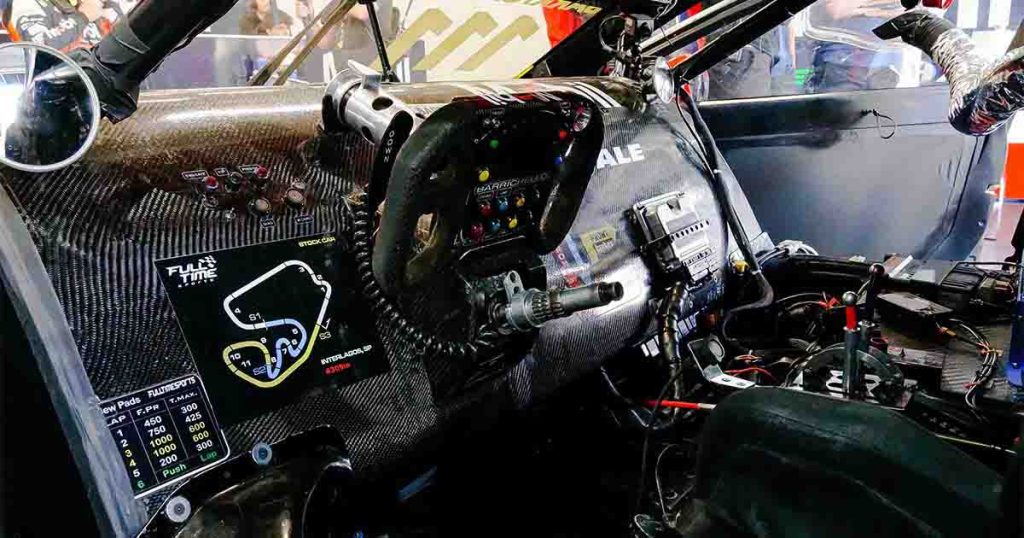
Brake fluid is a crucial fluid that helps transmit the force from the brake pedal to the brake pads through hydraulic pressure in a vehicle’s braking system. When the driver presses the brake pedal, the master cylinder pushes brake fluid through the brake lines to the callipers, which forces the brake pads against the rotors. This hydraulic action ensures that the braking force is applied evenly and effectively to slow down or stop the vehicle.
The brake system relies on brake fluid, which must be in good condition and functioning well for it to work properly. As brake fluid ages, moisture or debris can intrude and dilute it, resulting in reduced braking efficiency. Absorbing moisture may be the most vicious, as that will drop the boiling point of the fluid and make brake fade or brake failure likely over heavy use. Furthermore, degraded brake fluid can create corrosive damage to the braking system, which can lead to expensive repairs.
Checking and replacing brake fluid checking brake fluid regularly. Most manufacturers advise changing the brake fluid every two years or according to your vehicle’s manual. Keeping the brake fluid clean and fresh can prevent the whole braking system and even help in avoiding an accident due to brake failure.
Read More: AAA Car Insurance vs Geico: The Truth About Rates – 2025
Common Brake Pad Issues That Affect Friction
Different factors affect how well brake pads perform, and this can lead to their ineffectiveness, compromising brake efficiency and safety.
Brake Fade: Overheating builds up during heavy or prolonged braking. The brake pads lose their capacity to produce enough friction as they become hotter than their ideal working temperature. Such increases generally decrease their responding ability and stopping distances, making the vehicle less inclined to stop. Brakes fade most often on downhill runs or in high-performance driving conditions when the brakes are heavily used.
Overheating can also cause glazed brake pads, where the surface of the pads gets hardened and smoothed out. This then creates glazing, which hinders the pads’ ability to bite into the brake rotors and reduces stopping capability. Glazed pads can also cause a shrieking sound when braking.
Brake pads can also wear unevenly. This is generally because of poor alignment, bad installation, or even a faulty caliper that causes uneven wear of the pads. When the pads wear unevenly, this decreases the area of contact between the pads and rotors, which can reduce friction and lead to longer stopping distances, as well as damage to the other components of your brake system. Let us know about each issue so that we can ensure that the braking system operates as effectively and safely as possible; routine inspections and maintenance will help identify these problems before they become dangerous.
Signs That Your Brake Pads Need Replacement
Brake pads (simple and well-known) form an essential part of the safety of a car. But there are some common warning signs for drivers to look out for that indicate brake pads may need replacing:
High-pitched squealing noises: Most of the time, the pads are integrated with a wear indicator that makes a squealing sound when the material gets thin. Not everything that sounds like this is an emergency, but this noise should prompt an examination.
Grinding: If you hear a grinding noise or feel a vibration when you engage your brakes, you probably have metal-on-metal contact. Your brake pads have worn down to the carbide and are grinding with metal on metal. That can cause harmful damage to the brakes.
Longer distance to brake: If the distance to brake the car has increased or the brake pedal needs to be pressed more complicated than normal to stop the car at the standard rate, it is a big red flag that the brake pads aren’t able to produce as much friction as before. That can drastically change how safely a vehicle can corner and do emergency maneuvering.
If you notice any of these warning signs, the brake pads must be replaced immediately to ensure that you can stop safely and effectively. However, a simple brake check can help nip the problems in the bud.
How Weather and Road Conditions Affect Friction
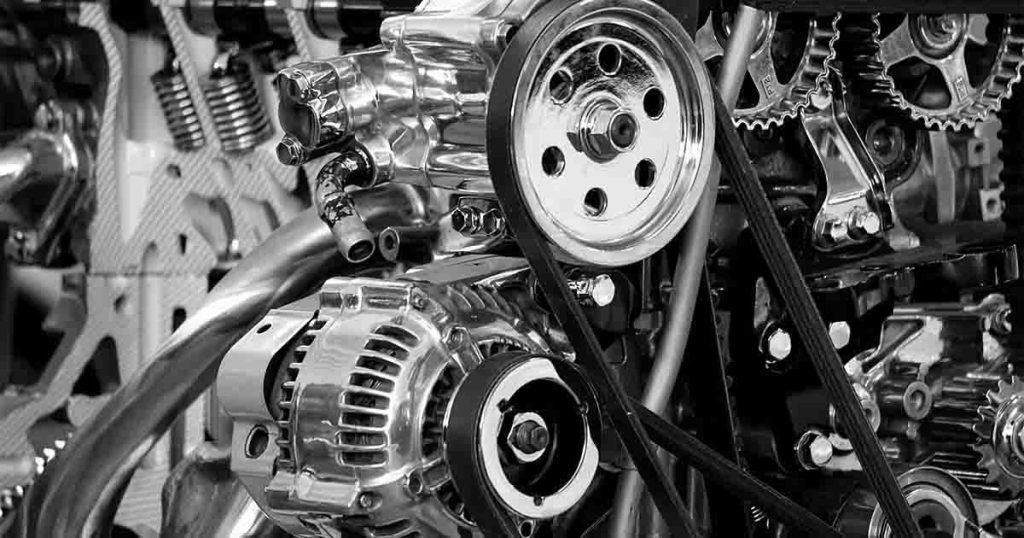
Here are some environmental factors that can affect braking performance:
Wet roads: Water makes a thin film above the brake rotors and reduces the initial friction during braking when driving on wet roads. This creates temporary braking inefficiency, which translates to a longer stop time when it has been interrupted. Performance does return to normal once the brakes dry off.
Cold weather: Frigid temperatures can cause brake pads to stiffen, having a minor effect on their performance. On these occasions, the brake pads may take time to warm up, resulting in less braking power until they reach their operating temperature. Undergoing routine maintenance helps ensure that the vehicle brakes safely under all conditions.
Friction vs. Heat: Managing Temperature in Braking Systems
As the brake pads grip the rotors, they produce a significant amount of heat due to friction, which is crucial in the process of braking. If this heat is not satisfactorily dissipated, it is responsible for reduced braking effectiveness, brake fades, and the over-wearing of braking components.
Modern vehicles use ventilated rotors, still using the disc style of the rotor but with internal cooling channels forming part of the rotor’s structure. The design allows for more airflow, effectively removing heat. This prevents the rotors from overheating, which contributes to consistent performance over long periods or for heavy braking events.
Engineers also have been developing high-performance brake pad materials that resist heat up to very high temperatures without losing the pad’s ability to generate friction. These are found in high-performance or heavy-duty use vehicles and help keep the brake pads from losing their characteristics under torture.
More advanced cooling methods, including drilled or slotted rotors, enhance heat dissipation even more, reducing the risk of brake fade. The combination of these advancements leads to better performance, safety, and durability of modern braking systems brake components.
The Evolution of Brake Pad Technology
God bless these brake pads; they are entirely advanced, and automotive parts engineers and mechanics everywhere should love and worship them. Cheap to manufacture and capable of withstanding high temperatures, brake pads were once built from asbestos. They were gradually phased out because the brake asbestos fibers were released into the air; however, the manufacture of brake shoes and old brake pads became a health problem.
Today, most are synthetic materials and ceramic compounds. True, these new-age materials have a whole host of benefits over conventional ones, such as improved durability and tolerance to considerably wider temperature bands at peak braking temperatures. Ceramic resin brake pads are a group of brake pad materials. They are also said to be quieter than their counterparts, providing smoother brake action than old-school brake pad materials.
With the evolution of automotive brake pad materials, eco-friendly brake pads clearly offer tremendous and clean benefits along with other performance benefits. Synthetic or ceramic pads give off very little dust (that is relatively harmless), which means that the vehicle is less of a pollution concern and safer for the driver. This made brakes much safer, sustainable, and greener.
Tips for Maximizing Brake Pad Performance
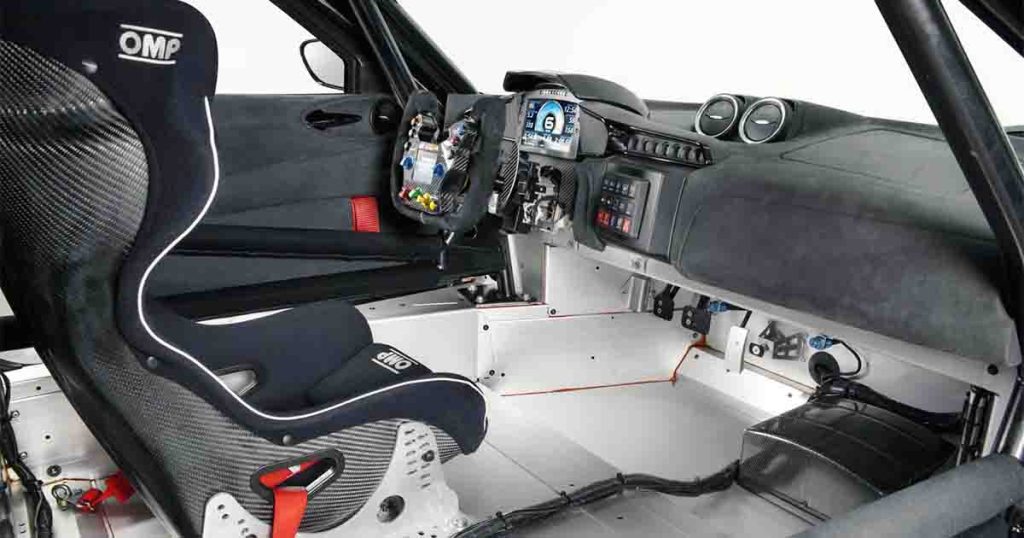
Drivers can also follow a few best practices to encourage the longevity and reliability of their brake pads:
Don’t Brake Too Hard: Stopping suddenly or hard applies pressure on the brake pads. Drivers should then try to stop gradually, as smoothly as possible. This not only lightens the braking system load but also improves comfort and driving safety in all conditions.
Maintain your distance: This is especially crucial when you’re trailing other vehicles; the farther behind the lead vehicle you are, the more time you have to respond and the less likely you’ll have to hit the brakes. With this exercise, the load on the brake pads is significantly lower, much to the life of it.
Inspect your brakes more often: Servicing your brakes usually means looking for signs of overuse, such as thin pads, strange sounds and reduced stopping power. Early detection of these issues enables the timely replacement of broken parts before they damage other components of the braking system.
These are tips for drivers to maximize their brake pads and avoid unnecessary repairs.
Future Developments in Friction-Based Braking
With the advancement of automotive tech, braking systems are also dazzled to become more and more efficient. Regenerative braking already widely used in electric and hybrid vehicles is one major innovation. Traditional braking systems rely on converting kinetic energy into heat, but regenerative systems capture the kinetic energy and repurpose it to charge up the vehicle’s battery. The energy-saving feature also positively affects brake parts, leading to longer life and less maintenance range.
In addition to regenerative braking, contemporary braking systems include sensor-laden brake pads that monitor wear in real time. These sensors monitor the thickness of the brake pads and evaluate their status, notifying drivers when they must be replaced. This prevents a catastrophic failure of the brakes and ensures that the pads are replaced before they become dangerously worn. The early warning on brake pad wear allows the driver to replace the brake pads in a timely manner before their braking performance is significantly affected.
They all touch on the trend towards more innovative and more efficient vehicles. This is only the start of a new era in automotive safety and sustainability that incorporates advanced technology such as regenerative braking, real-time monitoring, and much more. With the pace of technology, we will see even more advanced and integrated braking solutions that will improve driver experience and overall vehicle performance.
Conclusion
Friction is necessary when it comes to slowing down a car. Therefore, you use friction to slow down a vehicle and stop it safely and effectively. Granted: Even without enough traction to give us control of our cars, the driver would be unable to dig in their wheels to help rock themselves out of a particular spot, which would make driving conditions perilous. Brake pads generate this friction. When you step on the brake pedal, brake pads squeeze against the brake rotors, giving the force needed to slow the vehicle.
Learning how brake pads work is vital to maintaining optimal braking performance. Over time, brake pads wear out, becoming less capable of providing friction, which increases stopping distance while reducing safety.
Regular maintenance which includes inspections and replacing worn brake components keeps the braking system functioning as intended. A brake health monitor can help ensure a smooth and safe stop, which goes beyond driving enjoyment to the safety of all road users.
<script type="application/ld+json">
{
"@context": "https://schema.org",
"@type": "BlogPosting",
"mainEntityOfPage": {
"@type": "WebPage",
"@id": "https://cardsinspired.com/car-part-that-uses-friction-for-smooth-braking/"
},
"headline": "Best Car Part That Uses Friction for Smooth Braking – 2025",
"image": [
"https://cardsinspired.com/wp-content/uploads/2025/03/Best-Car-Part-That-Uses-Friction-for-Smooth-Braking-2025-3.jpeg",
"https://cardsinspired.com/wp-content/uploads/2025/03/Best-Car-Part-That-Uses-Friction-for-Smooth-Braking-2025-1-1024x538.jpeg",
"https://cardsinspired.com/wp-content/uploads/2025/03/Best-Car-Part-That-Uses-Friction-for-Smooth-Braking-2025-4-1024x538.jpeg",
"https://cardsinspired.com/wp-content/uploads/2025/03/Best-Car-Part-That-Uses-Friction-for-Smooth-Braking-2025-2-1024x538.jpeg",
"https://cardsinspired.com/wp-content/uploads/2025/03/Best-Car-Part-That-Uses-Friction-for-Smooth-Braking-2025-1.jpg"
],
"author": {
"@type": "",
"name": ""
},
"publisher": {
"@type": "Organization",
"name": "",
"logo": {
"@type": "ImageObject",
"url": ""
}
},
"datePublished": ""
}
</script>